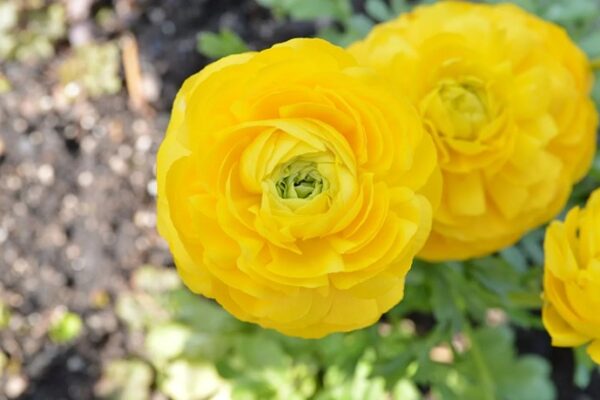Expert Tips for Lantana Growing and Caring
If you’re looking for a plant that can thrive in hot, dry conditions where other plants may struggle, lantana may be just what you need. This hardy plant produces colorful flowers and is able to thrive with very little moisture and in full sun. Furthermore, lantana is easy to grow and attractive to pollinators such as butterflies, bees, and hummingbirds. These creatures are often seen flitting around the small, tubular blooms of lantana, which produce abundant nectar.
Lantana plants are characterized by their unique sprawling appearance, which is achieved through their woody branches that give rise to vine-like growth. These plants are quite popular for outdoor hanging baskets or as ground covers. One of the most notable features of the lantana plant is its rounded clusters of small, brightly colored flowers. These flowers can come in a variety of colors, including yellow, orange, white, red, pink, blue, or purple, and are often mixed within the same cluster to create a bicolor effect.
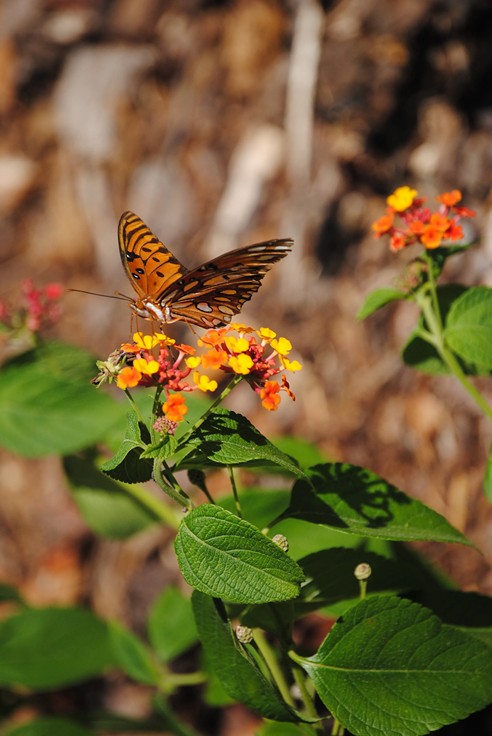
The leaves of the lantana plant are distinctively textured, feeling like sandpaper to the touch. Although some people may not appreciate the sharp, citrusy smell that this plant can give off, the scent of the foliage actually qualifies the lantana as a fragrant plant. This plant is quite fast-growing, and can be planted at any time as a perennial or in the spring as an annual.
Lantana comes in both upright and trailing varieties. Upright varieties are perfect for adding pops of season-long color as high-impact annuals planted among perennials, while trailing varieties are great for spilling over containers or hanging baskets. The coarse, pungently scented leaves of lantana are deep green in color and provide a wonderful backdrop to the plant’s contrasting flowers. In many cases, the flower heads of lantana display a tie-dye effect, starting out as a light color and darkening with age.
It is important to note that all parts of the lantana plant are toxic to dogs, cats, horses, and other livestock. As such, lantana should not be planted in areas where pets and livestock may come into contact with it.
Where to Plant Lantana
The ideal planting location for lantana depends on the climate of your region. This plant is considered a perennial in warm southern climates that fall within USDA zones 8 to 11. In these regions, it can reach impressive heights of up to 10 feet.
On the other hand, in areas with cooler climates, lantana is typically treated as an annual plant. During one growing season, it can reach heights of nearly 3 feet. Regardless of your region, it can add beautiful color and texture to your garden or landscaping. Just be sure to choose the appropriate variety for your climate to ensure that it thrives in its new environment.

How and When to Plant Lantana
Planting lantana is a simple process that requires some preparation and care. Firstly, it is recommended to wait until the danger of frost has passed before planting lantanas. This usually means waiting a couple of weeks after the last frost date.
Lantanas thrive in warm and sunny environments, so choose a spot in your garden that gets plenty of sunshine. When planting, dig a hole that is roughly the same width and depth as the planting container. Carefully remove the plant from the container and loosen the roots slightly from the root ball before placing it into the hole. Backfill with soil and tamp it down lightly. Space the lantana plants about 12 inches apart to allow room for growth.
It is important to note that lantanas may not show any growth until the weather and soil have warmed up. However, it is crucial to keep the plant moist for several weeks after planting while it grows its root system. By providing adequate moisture during this critical phase, you can help ensure the success of your new lantana plants.
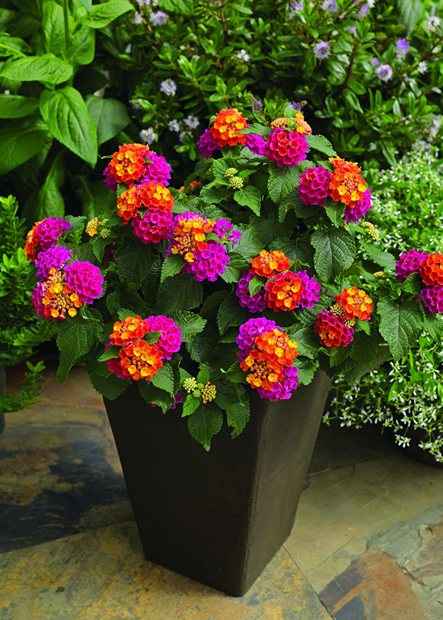
Lantana Care
Taking care of lantana plants is important to keep them healthy and thriving. Lantana plants are evergreen and belong to the broadleaf shrub category, despite their vine-like appearance. Their colorful blooms make them ideal as specimen plants, border shrubs, or ground cover in areas with full sun and warm climates. These plants are also a great choice for yards located near the ocean as they tolerate salt spray very well.
In colder climates where lantana plants are treated as annuals, they are often grown in hanging baskets. The L. montevidensis variety, in particular, is more vine-like than other lantana varieties, making it an excellent choice for hanging baskets.
To care for lantanas, it’s essential to ensure that they get enough sunlight, as they prefer full sun. They also require moderate watering, and the soil should be well-draining to avoid root rot. Lantanas are fast-growing plants that respond well to fertilization, and regular pruning can help maintain their shape and encourage more blooms.
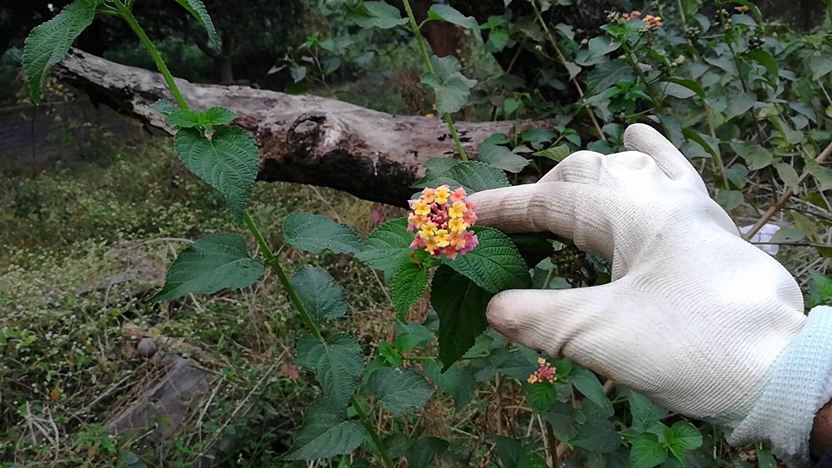
Light
Lantana plants require a lot of sunlight and warmth to thrive. When grown in shady areas, they tend to produce fewer blooms and may be more susceptible to diseases. To ensure optimal growth and blooming, it is important to provide these plants with full sun exposure, ideally at least six hours of direct sunlight each day.
While lantanas can tolerate some afternoon shade, planting it in a shady location will likely result in reduced flowering. As a result, it’s best to plant these plants in areas with plenty of direct sunlight to promote healthy growth and prolific blooming.
Soil
Lantana plants are quite adaptable and can tolerate a variety of soil types, as long as the soil is well-draining. However, they tend to prefer slightly acidic soil, with a neutral pH being the optimal range.
In general, it’s important to make sure that the soil is well-draining to prevent waterlogged conditions that can harm the plant’s roots. If the soil in your garden is heavy or poorly drained, consider adding compost or other organic matter to improve its texture and drainage.
By providing the right soil conditions, you can help ensure that your plants have the best chance of thriving and producing vibrant blooms. So whether you’re growing these plants in pots or in the ground, make sure to choose a well-draining soil that is slightly acidic for the best results.

Water
Lantanas have a drought-tolerant nature, but their blooms may decrease if they go without water for an extended period. To avoid this, it is recommended to water them thoroughly every week while they are blooming, unless they receive at least an inch of rain. However, repeated overhead watering may increase the risk of disease or rot. To prevent this, it is suggested to water the plant thoroughly, about one inch per week, without letting it dry out. In sandy soil, watering may be required every day. If the blooming has slowed or stopped, it may be helpful to try increasing the amount of water given to the plant.
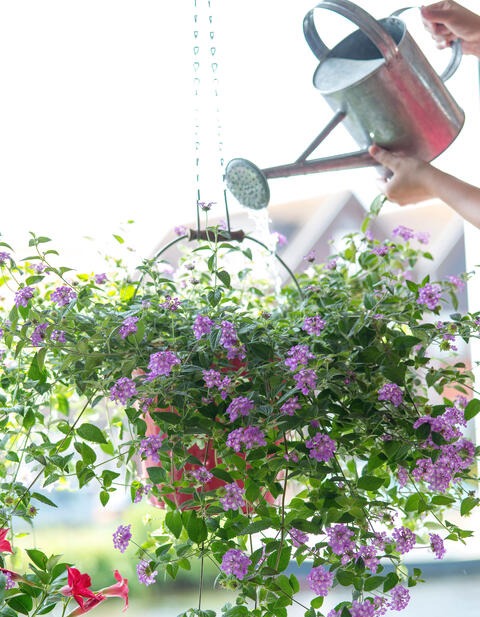
Fertilizer
When it comes to fertilizing lantana plants, less is usually more. In-ground lantanas typically only require one application of fertilizer in early spring. Over-fertilization can lead to decreased blooming, so it’s important to use fertilizer sparingly.
On the other hand, lantanas grown in containers will require more frequent feeding with a balanced, gentle 20-20-20 fertilizer. It’s best to apply fertilizer every month to keep the plant healthy and blooming.
Pruning
To maintain the health and appearance of perennial lantanas, it is recommended to prune them back hard in early spring, cutting them back to within 6 to 12 inches of the ground. This is typically done before new growth appears. During the summer growing season, it is advisable to lightly prune the tips of the plant to encourage reblooming and maintain a more compact shape. By doing so, it can stimulate the growth of new blooms and prevent the plant from becoming too leggy or unruly.
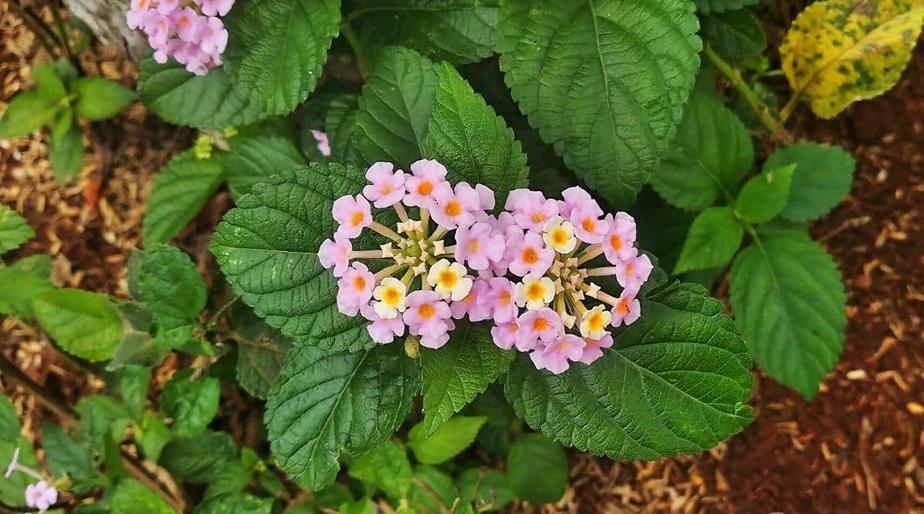
Pests and Problems
Lantana plants are susceptible to leaf damage caused by lace bugs, aphids, and caterpillars. In addition, if the plants become very dry, mites may become a problem. It is important to monitor the moisture level of the soil as planting lantanas in areas that are too moist can increase the risk of powdery mildew and root rot.
How to Propagate Lantana
There are different ways to propagate lantana plants depending on the variety. For older varieties, you can start them from seeds by soaking them in warm water for 24 hours before planting them in pots filled with soilless seed starting medium. Cover the pots with clear plastic bags and keep them in a warm location until the seeds germinate, which may take up to a month. New hybrid varieties, on the other hand, can be propagated by stem cuttings taken from young growth in the spring. Remove any leaves from the bottom half of the cutting, dip it in rooting hormone, and plant it in a small pot filled with seed starting mix. Cover the pot with a clear plastic bag and keep it in a warm location until new growth appears.
Lantanas plants can also be divided in the spring or early fall. Dig out the entire plant, including the root ball, and cut it into thirds or quarters with a sharp shovel. Plant the transplants in a sunny area with soil enriched with compost or manure at the same depth as the original plant. Keep the new plants moist until they are established.
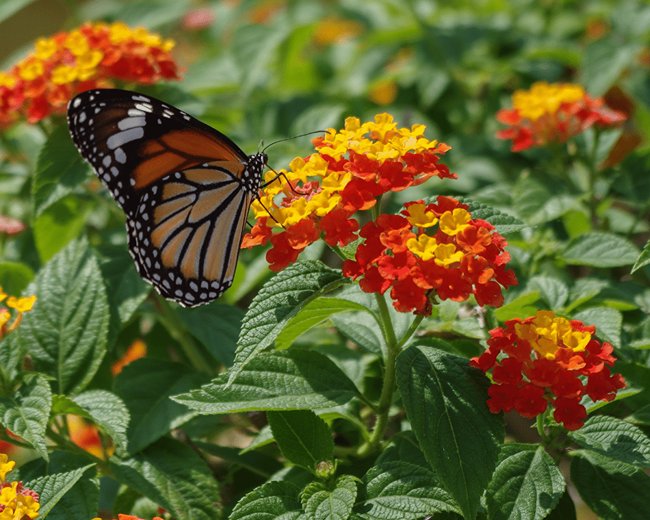
How to Grow Lantana from Seed
If you want to grow lantana from seed, there are several steps to follow. First, you need to acquire the seeds. You can purchase commercial lantana seeds for annual planting in cooler zones. However, if you live in warmer zones, you can easily harvest seeds from mature perennial plants when their black berries are ripe. Next, pop the seeds out of the pods, rinse them with water, and dry them on paper towels for a few days. After they have dried, store the seeds in a sealed container in the refrigerator until you are ready to plant them.
When you are ready to plant the seeds, soak them in warm water for 24 hours. Then, fill small pots with soilless potting mix and place one or two seeds in the center of each pot. Cover the seeds with the potting mix, and place the pot with the seeds inside individual and sealable plastic bags. Keep the pots of seeds moist and in an environment where the temperature is consistently between 70 and 75 degrees Fahrenheit. Once you see seedlings emerging from the soil, which should take about a month, remove the plastic bags. Finally, you can plant the seedlings outdoors or in an outdoor container.
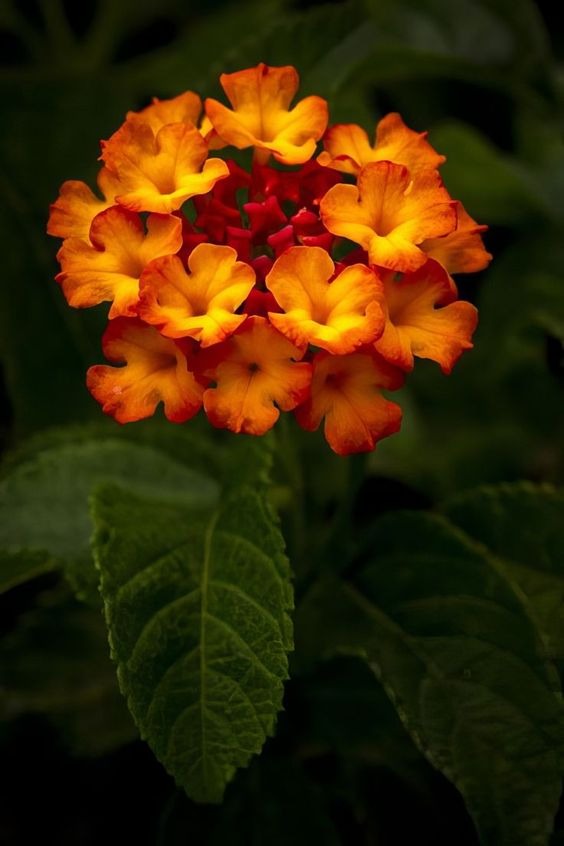
Overwintering
For gardeners in colder climates who want to overwinter their lantana plants, it is possible to bring them indoors but they may not thrive as houseplants. It is recommended to keep them in an unheated room to keep them in a dormant state until replanting in the spring. During this time, provide minimal light and water, about 1/2 inch of water per week. The temperature of the room should not go below 55 degrees Fahrenheit to ensure the plants survive until they can be replanted outside.



